Skateboarding thrives on the meet-up spot and the skate spot. The skate spot requires an obstacle; the meet-up spot does not. And yes, the skate spot can double as both.
But what about the in-between spot — the proverbial comma of the session? It’s the place where you grab a bite, sneak a beer, talk shit, look at girls, kick your board around, and hopefully, summon the willpower to move on from ignore a “party on so-and-so’s roof”-text to continue skating. Astor Place was a one-time comma between downtown and midtown, but got phased out of popularity by the late nineties.
Even back when New York had actual low-bust plaza spots, Houston Park was unavoidable. In today’s current mode of cruising the Lower East Side until you hopefully maybe could find a propped up roadplate, it’s still unavoidable. Houston Park has metamorphosed with every cultural shift in New York skateboarding. What was once a B-list pitstop in the gilded age of unknobbed marble became a vibrant hub in this era of skating garbage and walls. We felt it only right to honor how far it had come.
The Rails

#problematic captions
The handicap rails leading into Sara D. Roosevelt Park are the spot’s most recognizable fixtures. First popped off by Anthony Correa’s Mixtape part (in which he employs a textbook east coast maneuver of introducing a trashcan into a barren abyss to facilitate a line), riding off the skinny ledge adjacent to the rail became a must-film clip at a time when kickflips out of front boards were in fashion. Learning a trick on the yellow flatbar at Tompkins and bringing it to the Houston rail was a standard way of thinking amid the zaniness of the early 2000s ;) Still no word on if Weiss continues to claim back noseblunt.
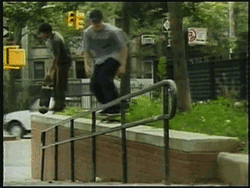
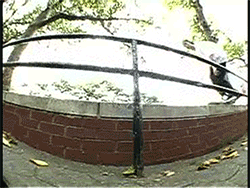
Eventually, skateboarding in New York caught up with the rest of the world, and people became good enough to skate the rails…from flat. It helped that they got bashed down in height by BMXers, and the Parks Department installed a fence opposite of them to put an end to riding off the ledge. We may have still fit between the rail and the fence in the age of 7.5 boards, but today’s 9-inchers are just toooooo big ;)
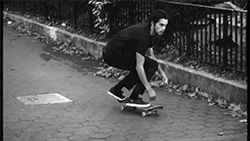
The Steps
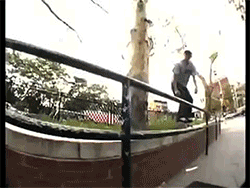
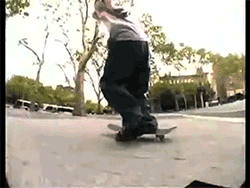
The steps at Houston Park are a horrible skate spot. The roll-up is choppy, you run the chance of having your board shoot into some Ukrainian model’s Dunk wedges mid-text, and if it goes past the sidewalk, it rattles into three lanes of aggravated Holland Tunnel-bound traffic. For whatever reason, and against the entire stylebook of modern line choreography, the early-2000s ushered in a wave of rail-to-step lines. This was in spite of the fact that you had to *immediately* curve after landing, awkwardly push into the basketball court, make a complete 180 shift in momentum (you were headed south and now you’re headed north), and skate over the aforementioned choppy ground to run the risk of having your board decimated by a MTA bus.
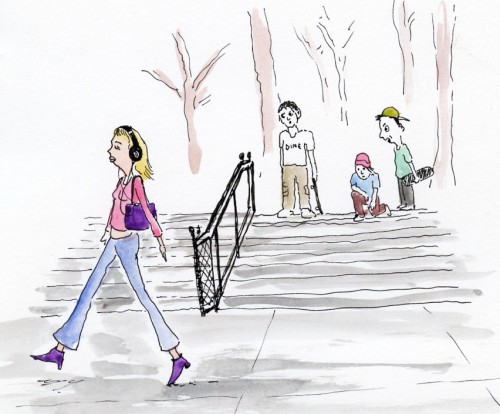
After a few years of nonsense, everyone calmed down and realized what the steps were best for: sitting, looking at healthy pretty girls carrying Whole Foods bags, and maybe bumping into a sketchy friend who woke up at 4 P.M. but already knows where the party is later.
The greatest achievements on the steps at Houston Park involve the spiked rail at its entrance. One is Chad Fernandez attempting to caveman boardslide it blackout drunk, the other is Robert Campbell’s heelflip [frontside!] over it and into a puddle of melted snow — which is altogether one of the most underrated skateboard achievements to take place in New York city limits. Josh Wilson’s subversive five-up-six-down line also deserves a hat tip.

The Ledge(s)
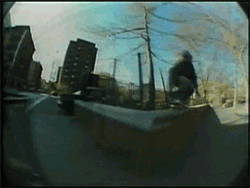
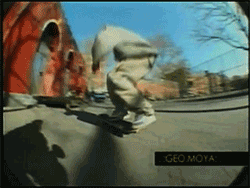
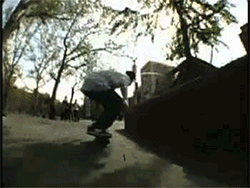
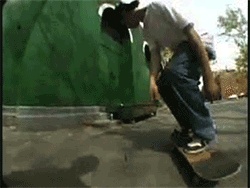
A wooden box with angle iron was once a non-event in New York City. Nowadays, if you drop one off at Tompkins, its thud reverberates all over lower Manhattan — wallrides freeze mid-wall and wheels feel a magnetic draw to E. 9th Street. This was not always the case…
The highest distinction the box with angle iron at Houston once held was “nearest ledge to Supreme.” In 2016, it’d draw a crowd, but in the days when ledges still existed in the wild, it was simply an easy place to get a line from the high ledge to the low one. Those inflicted with suburb-envy from growing up in a city not furnished with supermarket loading docks would skate *off* of it, oftentimes proceeding to the ledge. Anthony Correa [once again — he is from Houston, after all…] owns the honor of shooting a single ledge trick sequence here, in an otherwise un-photogenic corner of the city.
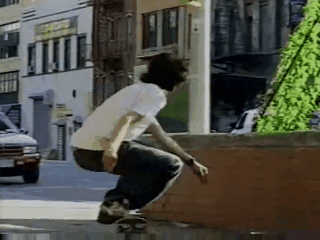
The high ledge would become too chunked out, and a concrete block was put in place of a wooden box, which Jake Johnson somehow managed to create a polejam out of. The building that hosted the ledges receded back into what it was always best suited for: late night public urination on the walk between bars.
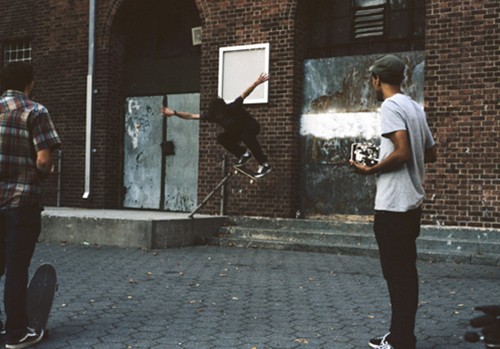
The Bump
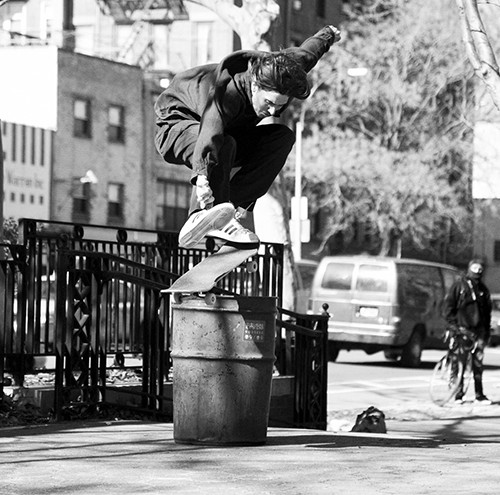
Photo by Colin Sussingham
When the bump was being built in ~2003ish, we had high hopes. For a moment, it seemed like the ledges would be skateable, but giant iron fences were placed on top and on the sides of them before the park opened. The Houston Bump has since become the bare minimum barometer for a productive day: “Yeah, we only made it to Houston Bump, but at least we left L.E.S. Park.” Needless to say, more sessions have fizzled here than potentially any other skate spot in New York City.
Previously: The Ledges by the Sea — A History of Skateable Seaport






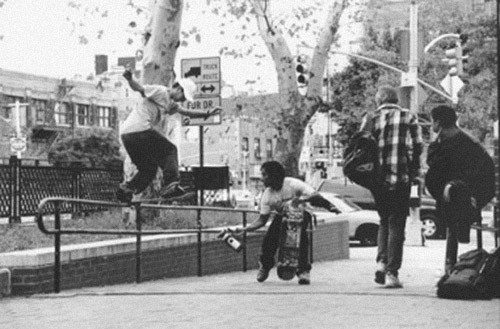
Let’s not forget the climactic Reynolds’ blast to fs wallride surrounded by 2,000 14 year olds on the first Go Skate Day.
What about the green slanted box after the angle iron ledge? It was a garbage can holder or something.
Lol wasn’t go skate day called “wild in the streets” then? I feel like that bank should’ve deserved its own mini section in this post. Who did the ride up to boardslide?
Whole park smells like piss, not just that building.